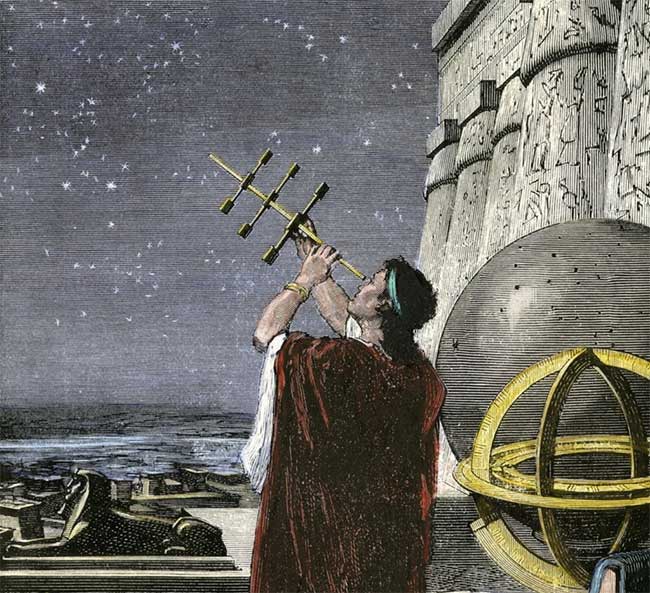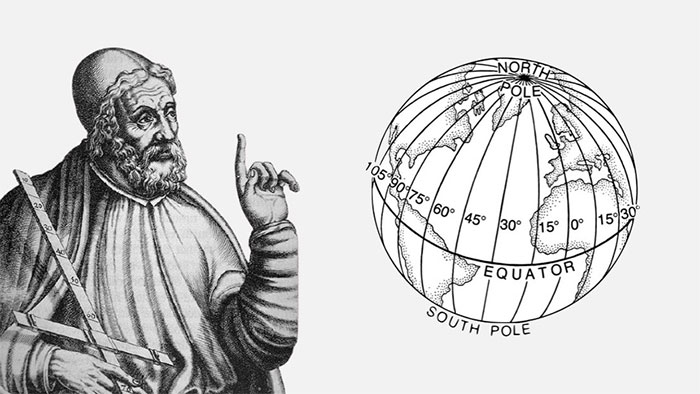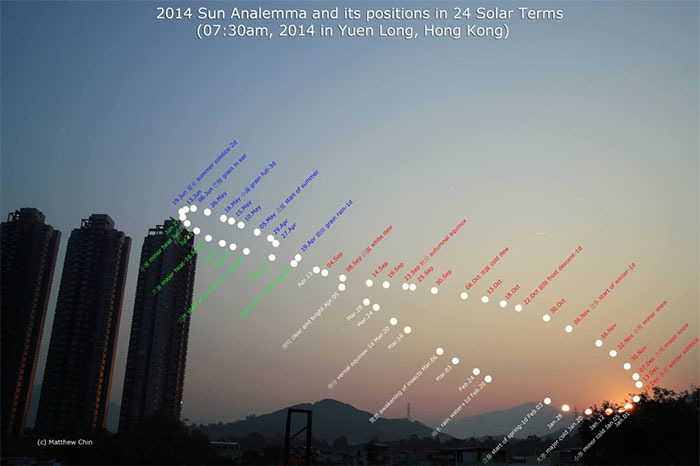More than 2,000 years ago, a Greek astronomer named Hipparchus calculated the number of days in a year with an error of less than 0.005. At that time, the telescope hadn’t even been invented yet.
Hipparchus, circa 170-120 BC found a new way to track all the movements of the stars, determining the coordinates of all celestial bodies, and this method is still used today.

Great astronomers have studied and explored the vast universe with their own eyes and minds. (Photo: Alamy).
He considers the Earth to be the center and uses a calculation system similar to our longitude and latitude to estimate the specific position of the star. From there, he calculated the exact time it took the Earth to revolve around the Sun.
Who is Hipparchus?
Hipparchus was born in 190 BC in Bithynia, in the northwestern region of present-day Türkiye.
The exact details of his life are not recorded. However, based on the legacies left by Hipparchus, researchers believe that he died in Rhodes and once set foot in Alexandria.
Hipparchus is considered a genius in many fields. He invented trigonometry, created comprehensive star charts, calculated the size and distances between the Earth, Moon, and Sun, and expanded the study of geography.
One of Hipparchus’ greatest achievements was helping to design the Antikythera Machine, the elaborate astronomical device used to predict the dates of solar eclipses and other celestial events.

Hipparchus is also known as the “father of astronomy”. (Photo: Fermat’s Library).
“Hipparchus was the greatest astronomer of antiquity, at least the greatest of any ancient scientists whose name we know,” says historian Victor Gysembergh of the French National Center for Scientific Research. (CNRS) commented.
Before him came many great Greek astronomers such as Eratosthenes, who accurately calculated the circumference of the Earth, or Aristarchus, who hypothesized that the Earth revolved around the Sun. However, Hipparchus is considered the greatest of them all. There are many reasons for this, including the fact that he calculated the number of days in a year with extremely small errors.
Error is only 0.5%
In fact, before Hipparchus, many people tried to calculate the length of a year. For example, in 330 BC, Callippus, a Greek astronomer, observed that a year is 365 and a quarter of a day long.
Hipparchus wanted to verify this. So he set out to measure how long it took for the Sun to return to its former position in the sky, as many other researchers had done.
However, Hipparchus’ results were inconclusive and varied with each measurement – simply because he did not have enough data. So he consulted detailed astronomical records of the ancient Greeks, Egyptians, and Babylonians.
In fact, the Sun always changes position over the course of a year. If you try to take a picture of the Sun at the same place and at the same time every day, you will find that the Sun appears out of place where you took the picture yesterday.

Analemma is a set of points that describe the relative motions of the Sun with respect to the same fixed position on Earth. (Photo: Matthew Chin).
These deviations will eventually form an ” analemma” – a chart showing the Sun’s deviation from the same fixed position on Earth. When the Sun returns to its original position, a year has passed.
Thereby, Hipparchus discovered that over the course of about 300 years, the changes in the positions of the celestial bodies took place almost on the same day. He therefore argued that Callippus’ calculation was within 1/300th of a day.
Hipparchus takes 365 1/4 minus 1/300, getting 365 74/300 days which is the length of a year. Or, in decimal, 365.2467 days.
And it was not until more than 2,000 years later, when science and technology had developed to a new level, that we could discover that Hipparchus’ results had an error of about 0.005. A long year is exactly 365.2422 days.
Hipparchus was a pioneer in astronomical instruments, but he and his colleagues had far less technology than we do in the 21st century. They understood the universe, not with the help of telescopes. , computer or satellite, but by the ability to observe, the mind and especially the intense passion for astronomy.
